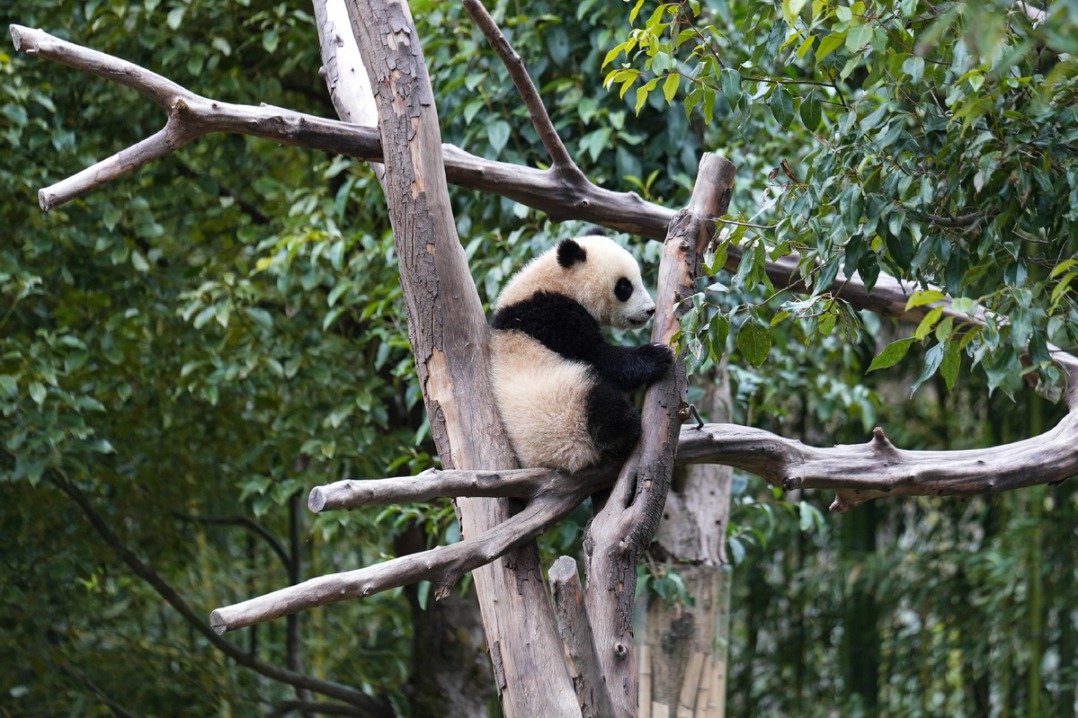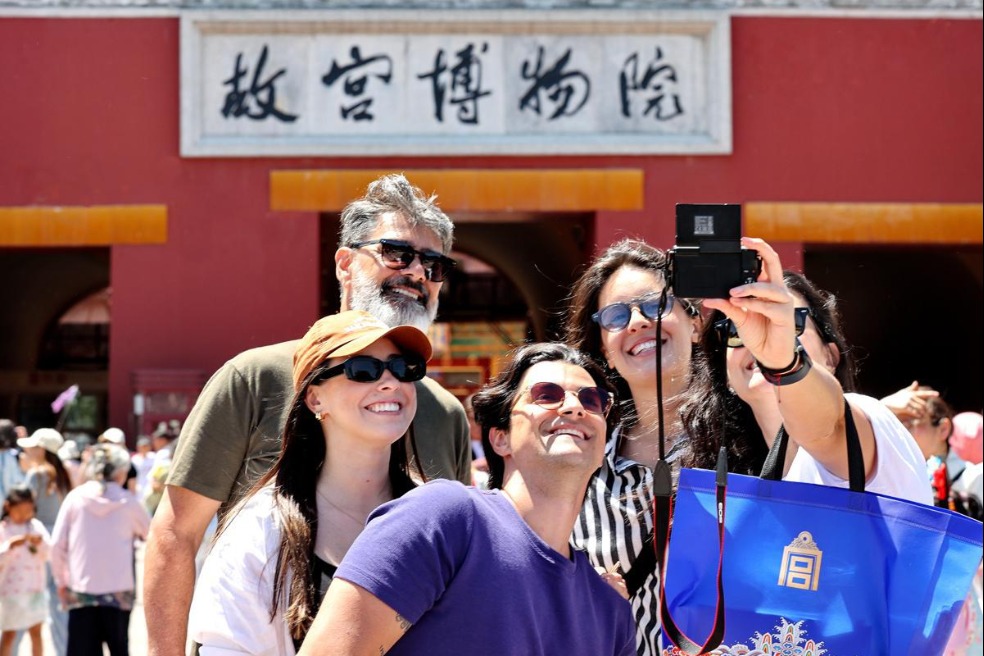China's most cherished creature


From Neolithic jade objects and Shang Dynasty (c.16th-11th century BC) oracle bones, to ceramics, the Qing Dynasty (1368-1644) throne, and ink finger paintings, some 200 artifacts from the collection of National Museum of China are currently on display in A New Year Guarded by the Dragon.
The exhibition illustrates the wide spectrum of dragon images, a cultural symbol that embodies good wishes and which has been integrated into all aspects of life during the long course of Chinese history. It presents a panoramic view of the dragon as an often revisited motif and popular image in arts and crafts.
The show opens with a dark green jade crescent, reputed to be the top dragon in China, which was made by the Neolithic Hongshan Culture. It was found buried about 50 centimeters under the ground as people were planting trees in Chifeng in the Inner Mongolia autonomous region in 1971.Years later, it was added to the national museum's collection and since then, it has been displayed at various exhibitions.
Zhang Weiming, a deputy director of the National Museum of China, says that the piece "has a clearcut and smooth profile that renders it great strength and vigor", and that it shows a dragon image made some 6,000 years ago, which is similar to other jade dragons found at other Neolithic sites in southern China.
The dragon is about 28 centimeters long. According to Zhang, it was most likely used during sacrificial ceremonies and, given that it has a small hole in it, it might have been hung in the air attached to another object.
Crescent dragons continued to be made until the Shang Dynasty, as the jade pieces of the same shape found in the tomb of Fu Hao, China's first female general and consort of King Wu Ding, in Anyang in Henan province, attest. The dragon varied as a decorative motif and pictographic character, an example of which can be found on one of the Shang oracle bones on display.
No more than 4 centimeters in length, the bone is inscribed with several characters including one believed to represent long, which looks like an "s "with a circle at each end facing in opposite directions. Researchers say the epigraph was possibly made to pray for rain, as in Chinese mythology and folk custom, dragons were viewed as the deities that regulate water.
























